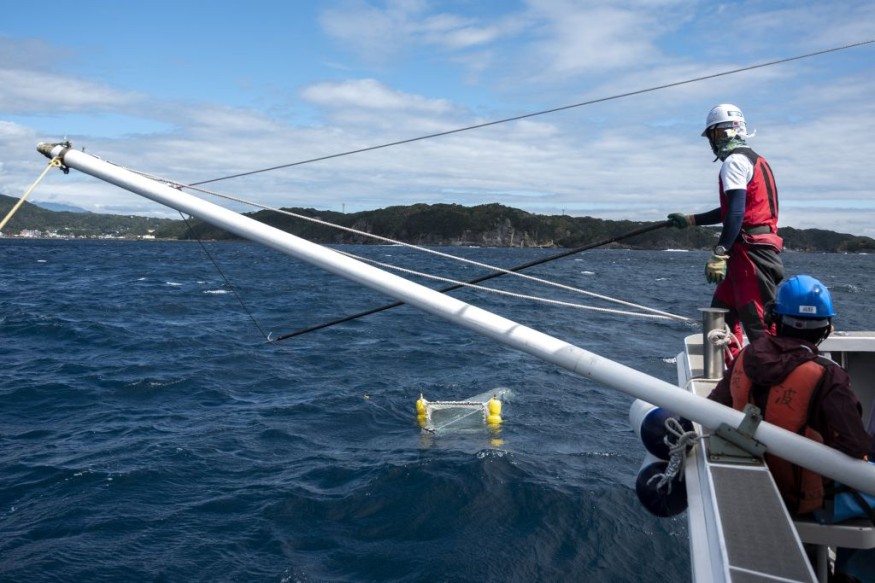Microplastic pollution is an emerging global threat affecting the environment, as very tiny plastic particles has been perceived to be found existent almost anywhere in the world, including in land, bodies of water, atmosphere, and even inside the human body.
While there are still limited research on the impact of microplastics in the human health, scientists have already started a widespread inquiry and real-world implications of the pollution. Previous studies have shown that there is a presence of microplastics in sewers, air, Antarctic snow, and human blood.
Regardless of the knowledge gap, multiple reports suggest that the long-term accumulation of these small particles can cause potential health complications, including tissue damage, reproductive problems, and among others. Yet, scientific research in general indicate there is still no concrete evidence that microplastics have negative effects on living organisms.
The challenge posed by microplastics has been a result of several decades of increased plastic manufacturing and consumption. While the advent of plastic recycling is being practiced, research point out that plastics never fully disappear even when subject to the method of plastic breakdown; which can be done through burning or mechanical means.
Robotic Fish and Nanotechnology

In the study published in the journal Nano Letters on June 22, researchers from China and Germany relied on a gradient nanostructure to produce a healable and self-locomotive robots as part of the advancement of soft robots.
The study mentioned that existing soft robots are mostly composed of hydrogels or silicone rubber, which are relatively "mechanically inferior." With this, the scientists were inspired by the nanostructure called nacre to allow microplastic-eating robotic fish in waters to last for a prolonged period of time.
Using nanotechnology, the team reported yielded results which show that there is a significantly high toughness and self-healing efficiency from pressure, as well as high room-temperatures.
What are Microplastics?
Microplastics are "small plastic pieces" with a size of less than five millimeters long. Current scientific evidence show that they are harmful to aquatic life and our ocean, according to the National Ocean Service of the National Oceanic and Atmospheric Administration (NOAA).
For marine ecosystems, the NOAA considers plastic as the most prevalent type of marine debris found not only in the world's ocean and lakes. The US oceanic agency compares microplastics to the size of a sesame seed, which also acknowledged that little is known yet about these particles and their impacts.
Microplastic Pollution
According to the Plastic Soup Foundation, a non-profit organization, approximately 3% of all plastic produced each years ends up in the ocean and this is part of the massive introduction of plastic after World War II. Since then, a total of 8.3 billion metric tons of plastics have been produced and 6.3 billion tons have become waste.
The foundation also mentioned that only 9% of the plastic waste is recycle, while 12% is completely incinerate under the process of plastic breakdown. The remaining 79% ends up in landfill sites or across the environment where the material would stay in one form or the other.
© 2025 NatureWorldNews.com All rights reserved. Do not reproduce without permission.





